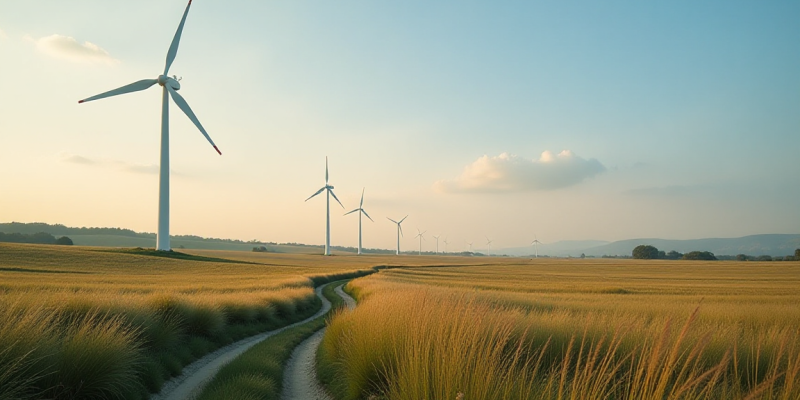
Southeast Asia’s onshore wind power sector, long hampered by regulatory obstacles and reliance on fossil fuels, is on the cusp of a major transformation, with capacity projected to quadruple from 6.5 gigawatts (GW) in 2024 to 26 GW by 2030, according to a new analysis by Rystad Energy.
“This resurgence is fueled by a combination of short-term policy initiatives such as auctions, project awards and attractive feed-in tariffs (FITs) alongside the rising acceptance of mainland Chinese wind turbines,” the Norway-based energy intelligence company said.
While significantly exceeding the 1.1 GW added in Southeast Asia between 2021 and 2024, new trends are emerging.
Markets
Vietnam remains the dominant market despite policy-related variations, with the Philippines and Thailand close behind.
Laos is venturing into onshore wind energy for the first time, aiming to diversify its power sources and boost export capabilities.
This initiative follows the August commissioning of Southeast Asia’s largest wind project, constructed exclusively to supply power to Vietnam.
“Government policies are further boosting momentum, with several new regulations introduced this year to support development,” Raksit Pattanapitoon, lead renewables & power analyst, APAC, Rystad Energy, said in the analysis.
With more mature technology, falling equipment costs and improved performance even at lower wind speeds, onshore wind is increasingly a competitive option for meeting renewable energy targets.
Harnessing onshore wind projects to power data centres presents a compelling opportunity, as their generation profile is often well-suited for continuous, 24/7 operations, thereby increasing their overall value, Pattanapitoon added.
New lessons
Southeast Asia has the opportunity to achieve substantial progress by applying lessons from past policy cycles, particularly given its recent growth.
Wind power projects, in contrast to solar, require more intricate logistics, infrastructure, and technical knowledge, according to the analysis.
This complexity necessitates time for ecosystem development and a consistent project pipeline to ensure sustained growth.
Solar power, on the other hand, benefits from a simpler and more modular supply chain.
Countries such as Laos, Cambodia and potentially Indonesia have an opportunity to learn from the experiences of Vietnam, Thailand and the Philippines, Rystad Energy said.
Initial projects saw a rapid rollout in these markets, with approximately 4 GW in Vietnam, 1.5 GW in Thailand, and 400 MW in the Philippines.
However, this quick expansion was followed by a significant project drought due to inconsistent policy, leading to no new construction in Vietnam since 2021, Thailand since 2019, and the Philippines since 2015.
Confidence and outlook
Investor confidence has also been eroded by recent payment disputes in Vietnam, specifically between the state utility Vietnam Electricity (EVN) and wind project developers, the agency said.
Challenges often arise from proposals to retroactively cut Feed-in-tariff (FIT) rates for existing projects by imposing new acceptance criteria.
This further compounded grid curtailment issues affecting both solar and wind projects that came online during the boom years between 2018 and 2021.
The long-term success of Southeast Asia’s onshore wind sector, despite its potential for rapid growth, will depend on consistent policies, enhanced grid integration, and the development of local supply chains, according to the analysis.
Continued government support and collaboration within the industry are crucial to building a resilient wind market and ensuring wind energy becomes a key pillar of the region’s renewable transition.
The post Rystad Energy sees Southeast Asia’s onshore wind power expanding fourfold by 2030 appeared first on Invezz










